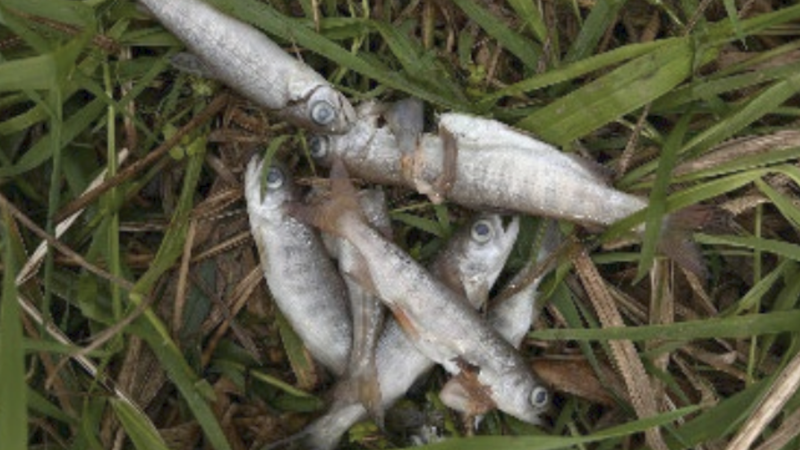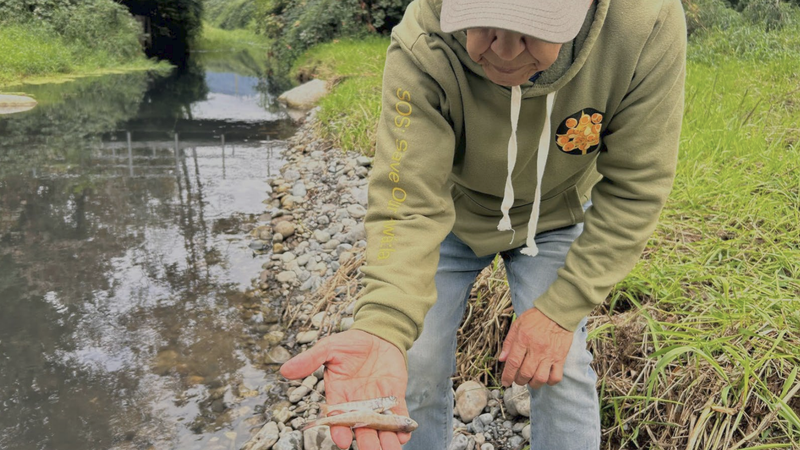
Authorities say multiple factors may have contributed to death of juvenile salmon in Chilliwack
CHILLIWACK — Despite the involvement of nearly a dozen agencies, authorities have not been able to identify the exact source of a toxic spill that killed thousands of juvenile fish in a Chilliwack waterway last month.
According to an update from the provincial government dated Friday, October 18, the source of the spill in Hope Slough remains undetermined, but B.C. Emergency Management and Climate Readiness (EMCR) says multiple factors may have contributed to the fish kill. The provincial government says preliminary findings suggest low oxygen levels in the water, though this does not typically pose a direct risk to human health. The cause of these levels is still under investigation.
Cheam First Nation east of Chilliwack reported on September 24 that thousands of juvenile salmon were killed by a recent toxic spill in a Chilliwack waterway. The band said Sqwá Councillor Eddie Gardner, Sqwá Lands Manager Anna-lise Cooke and Cheam First Nation staff member Roxanna Kooistra made the discovery on Monday, Sept. 23 during a routine visit to the Hope Slough waterway where they were conducting water sampling. Cheam says an emergency response was initiated in an effort to control the toxic spill, and the source of the contamination has not been identified. The band says it may be linked to agriculture and farming activities in the Hope Slough area. Work is ongoing as personnel look to pinpoint its origin and why it continues to kill fish and, potentially, wildlife in the area.
 Image: Cheam First Nation / Sqwá Councillor and Stó:lō Elder Eddie Gardner is pictured holding juvenile salmon during a recent discovery that a toxic spill has killed thousands of juvenile salmon in the Hope Slough in Chilliwack.
Image: Cheam First Nation / Sqwá Councillor and Stó:lō Elder Eddie Gardner is pictured holding juvenile salmon during a recent discovery that a toxic spill has killed thousands of juvenile salmon in the Hope Slough in Chilliwack.